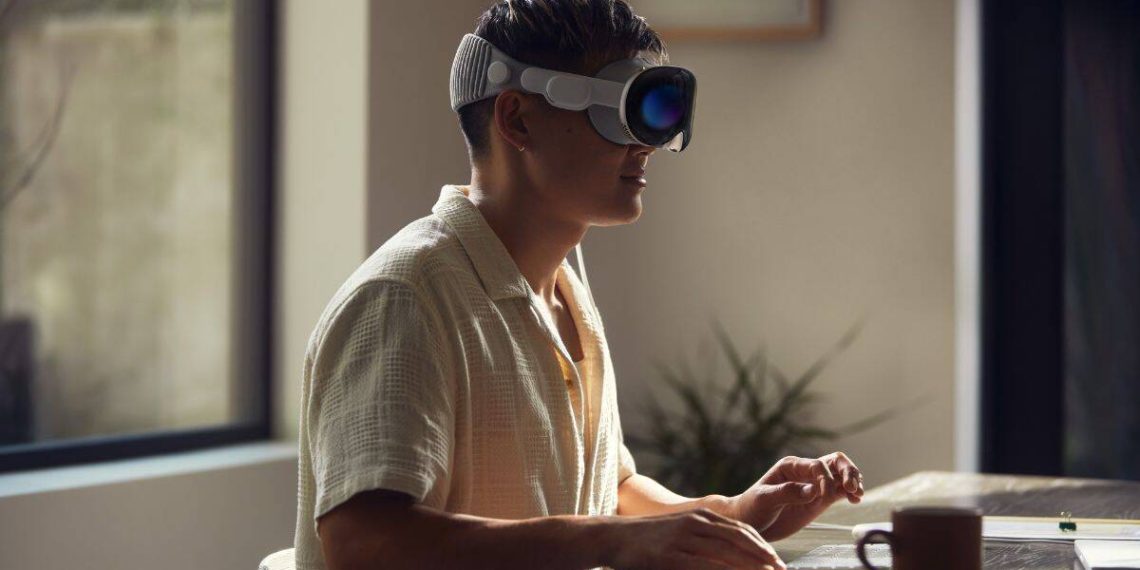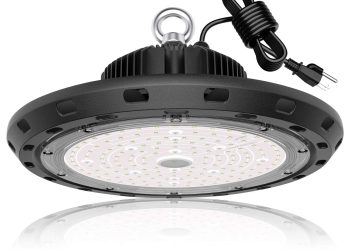After many phones, laptops, desktops, and similar devices, Apple revealed its first VR/AR product to the world: the Apple Vision Pro. The device is a capable wearable computer that has the potential to change the way we work, the way we have fun, and the way we keep in touch with our friends and coworkers (even if the part with Facetiming is still unclear a bit). But after watching the video presentation video, I can’t shake the feeling that I’ve seen all this before. Of course! Microsoft’s revolutionary “holographic computer”, the HoloLens, was first announced in 2016.
There’s nothing new under the Sun
Apple’s presentation of the Vision Pro is nothing short of amazing.
It is a head-mounted display powered by a wearable computer that projects a beautiful user interface right in front of our eyes, placing a digital layer between them and the world surrounding us. And in this digital layer, we can live our entire digital lives: the presentation covers everything from browsing the web to watching movies and playing games, browsing social media, keeping in touch with friends and coworkers, and getting work done.
The concept is great – it’s just not original. Microsoft’s presentation of the HoloLens emphasized the exact same things – obviously, using Internet Explorer instead of Safari, Skype instead of Facetime, and Minecraft instead of the unnamed basketball simulator Apple used in its presentation.
Changing the way we interact
The Vision Pro will introduce a series of innovative means of interacting with the digital world, through voice commands, and gestures. It has gaze commands – it will know what we’re looking at. Plus, it will have a physical button used for snapping pictures and recording videos, and a “crown” that will act a lot like its equivalent on the Apple Watch.
The HoloLens had all of the above, except for the camera button and the crown. Instead of the latter, it had a special gesture that would open its equivalent of the Windows Start Menu.
Changing how we play
The idea of wearing a display (and a computer) is not new, and it’s certainly attractive. The Vision Pro can be a great alternative to keyboards and screens, especially if you’re working from home. Just like the HoloLens was.
Browsing the web and playing online will become a completely different experience from the traditional one. In one corner of the room, you can have a blackjack table (even with a live dealer, which is commonplace nowadays) where you play, and in the other, you can have the basic strategy chart to help you play your best possible game. And you can always turn around and open the complete guide to casino gambling online if you want to know more about game libraries, deposit options, and anything else related to it.
Changing how we watch
Watching a movie in AR can bring the much-talked-about “cinema experience” to your living room. Screen size and distance will no longer be an issue, and neither will bathroom breaks interrupt your experience. You’ll be able to stream your favorite shows and enjoy them in a brand-new setting whenever you want.
The same goes for presentations, webinars, classes, and similar events, which will offer you an unmatched educational experience.
Changing how we work
A writing nook in AR is the perfect workplace for content creators. The same goes for programmers, who will be able to visualize the code they write in a completely new dimension – literally. Designers and content creators will be able to make good use of this new headset. Office workers, in turn, not that much – there’s nothing exciting about a spreadsheet constantly floating in front of your eyes, like in a nightmare 😉
The same idea, the same price
There’s no telling if it was an accident or a deliberate choice, but the fact remains: the price tag on the Apple Vision Pro is (approximately) the same as it was on Microsoft’s first HoloLens: around $3000.
Microsoft’s HoloLens was praised at the time of its release as an innovative and ambitious product with the potential to change our digital lives. It didn’t succeed, for multiple reasons. Will Apple succeed where Microsoft has failed? Will the Cupertino giant be able to repeat the miracle that the iPhone was? Only time will tell…







